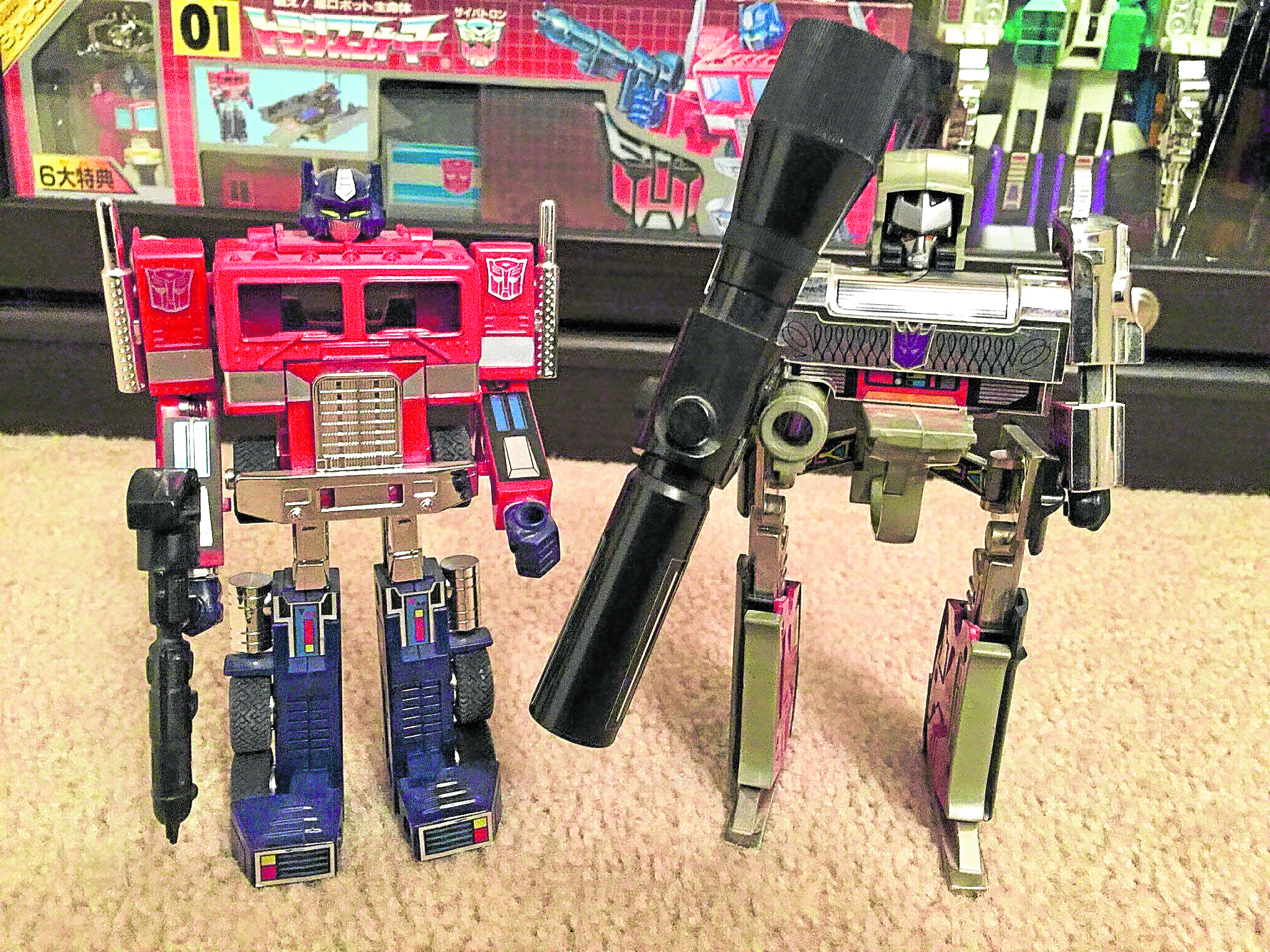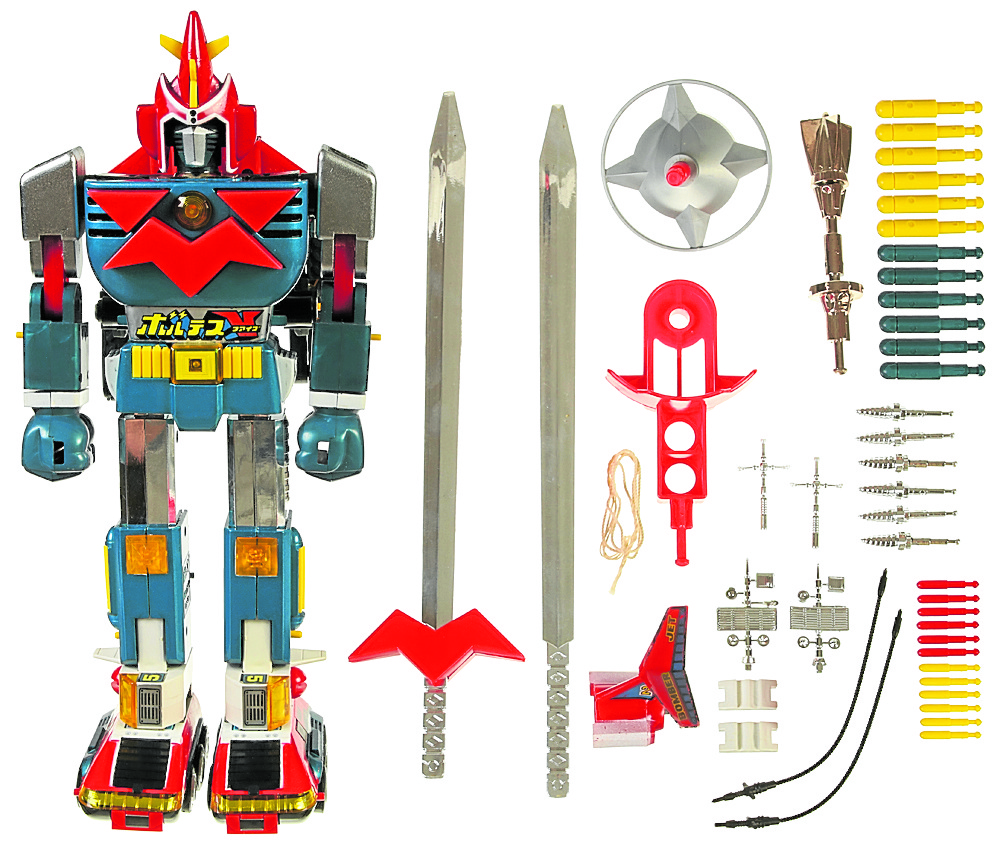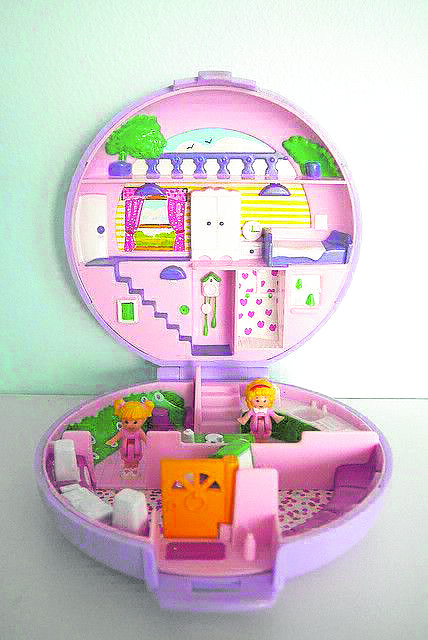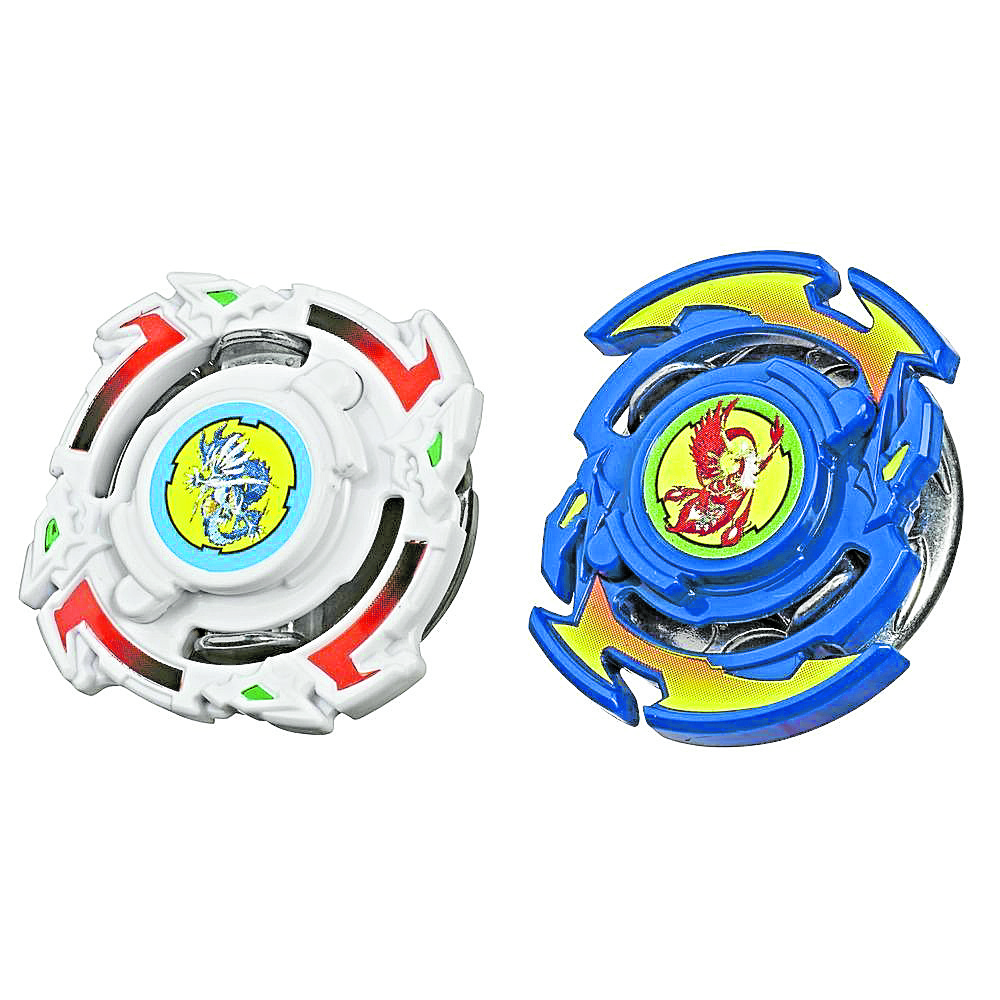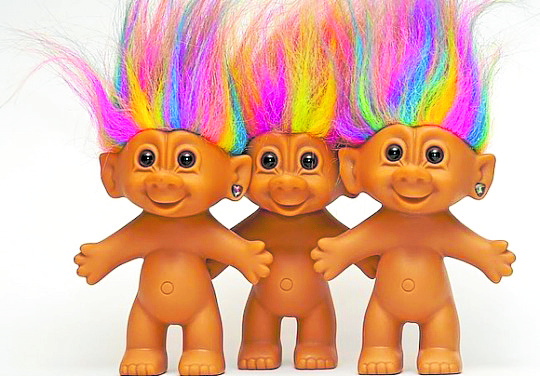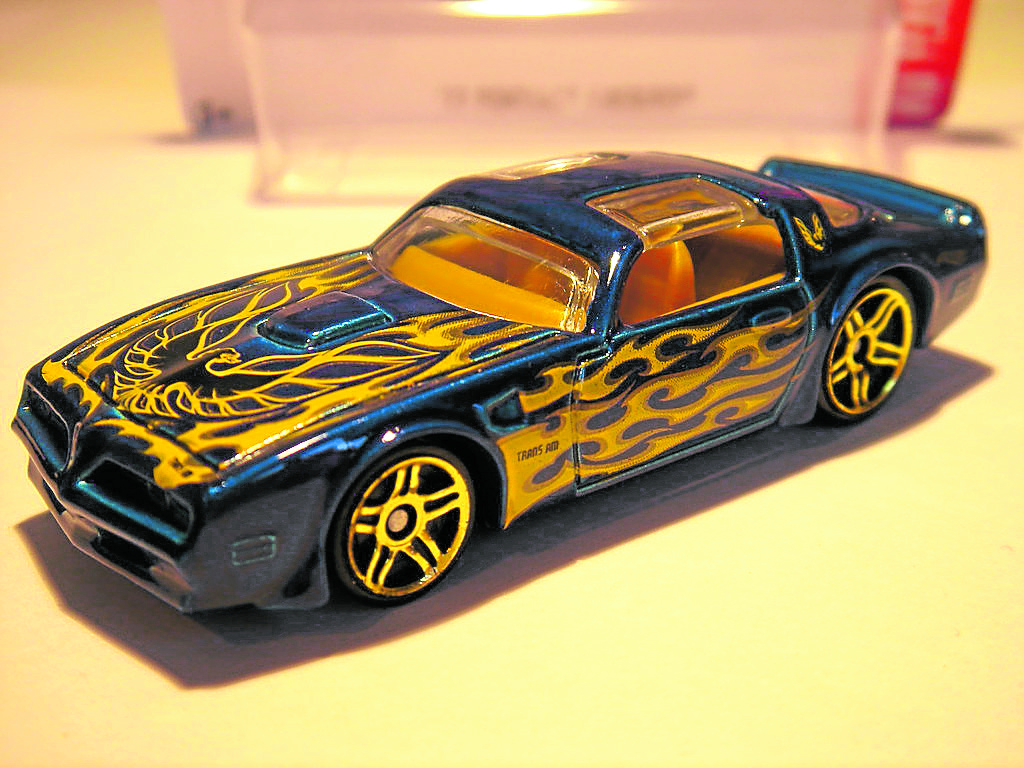Pinoy kids do love their toys—and parents love buying their kids toys. Through the years, there have been many, many toy trends in the Philippines. The truth is that Filipinos have a much more eclectic—and arguably, better—access to toys because of its unique geographical and commercial location. It is east meets west, and as such, it receives toys from Japan as well as toys from the United States. This is why you can find toys here that you can’t find from either place (hello, Greenhills!). It also helps that Filipinos are devoted collectors, often taking care of their toys even after they’ve grown up.
But while they’re still young, there are toys they just must have, no matter what.
These are the toys which were particularly, for one reason or another, very big hits in the Philippines, more than they were in other countries (so no universal blockbusters like LEGO, Barbie and Pokemon). For this article, we’re going to talk about the toys and/or toy lines which were unusually popular here—and maybe ever why, the first hopefully of many such lists. Here are the top 10 toys Pinoy kids went crazy for, each sold separately:
1) Voltes V
Filipinos love robots and Voltes V is the most loved. It is the national robot, interesting considering it is a Japanese creation. Created in 1977, “Codenji Mashin Voltes V” by Toei Company Ltd., the show was broadcast on Philippine TV (one of the first anime to be dubbed in a foreign language anywhere in the world) until it was notably pulled off the air by the Marcos administration—before it was finished, leaving an entire generation of Filipinos without closure until the rest of the series aired post-Edsa. There was a wide range of die-cast robots available from Japan, but EVERYBODY wanted Voltes V. There were different versions and sizes of Voltes V, but the true holy grail of Filipino toy collecting was the die-cast POPY/Godaikin (1977 to 1983) that stood over 12 inches, separated into the Volt machines (with little individual cockpits), with firing spring-loaded missile launchers, complete weapons (check out the chromed Laser Swords) and the distinctive torso sticker in a giant boxed set. It was inevitable as technology got more advanced that modern versions of Voltes V would be released, most notably by owner Bandai, who put out a glorious 40th Anniversary die-cast smaller-scale Soul of Chogokin version; Bandai is set to release a 12-inch DX version later this year. GMA-7 is preparing a live-action adaptation of the show.
2) Game & Watch
The Philippines has always been a Nintendo nation, but long before we were mesmerized by the Super Famicom or fell head over heels for the PlayStation, we were all gripped by the Game & Watch. Invented in 1979 by the influential Gunpei Yokoi, the Game & Watch was a handheld LCD device using button cell batteries that played one game. This was the closest thing we had to portable gaming in the 1980s and since we only had one game per device, the idea was to collect as many of them to play multiple games and even “trade” them temporarily so you could play new games with your friends. The Game & Watch sold millions around the world and were extremely popular in the Philippines. Everyone would probably remember the figure Nintendo used in the games as a sprite, Mr. Game & Watch (that’s him in “Flagman”) and there were some that were pretty hard, like “Octopus.” Over time, the electronics would degrade, and it is a lot harder to find working examples and those are quite expensive, especially in the box. You can really see the DNA of the Game & Watch at work in Nintendo’s next great portable gaming device, the Gameboy.
3) Masters of the Universe
This over-muscled toy, the star of the Filmation “He-Man and the Masters of the Universe” TV show, could be found in various collections, with or without the axe, sword, shield, harness, with or without Battlecat. This was a long-lasting line (1981-1988) with the same basic body but their sheer durability made them excellent toys. There are still He-Mans and Skeletors lying in wait in fortysomethings’ toy chests, particularly loose naked He-Mans.
Of course, Mattel wanted to cater to girls as well, so a sister line was created called Princess of Power (1985-1988). This line was basically smaller versions of Mattel’s iconic Barbie Dolls (complete with the long hair you can comb of course) with accessories. This short-lived line was accompanied by a show, “She-Ra: Princess of Power,” set in Etheria with He-Man’s twin sister She-Ra in the lead. One of our Super editors spent decades looking for the Frosta figure until she finally got one off eBay. There is the latest Cal Arts-style show from Netflix, “She-Ra and the Princesses of Power.”
4) Transformers/Gobots
In 1984, Filipinos all got converted to the cause of transforming robots. The top of the line was the Transformers from Hasbro, bigger, more complicated, with lots of accessories and much more expensive. So, we only consider those from the original vintage Generation 1, from 1984 to 1990. The favorites were of course Optimus Prime (still a fave today), Soundwave (playability always wins) and the combiners (everybody wanted Devastator). Pinoys aren’t so choosy, however, as for younger kids and those who wanted to be a little different, we collected Gobots from Tonka. They were smaller, simpler but much more affordable and hardier. But Gobots had fun names, interesting alt modes and were easier to collect, though everyone had a Leader One. Gobots—and Tonka—now belong to Hasbro.
5) Tamiya Mini 4WD
Though it did not invent the Mini 4WD per se, Tamiya popularized it in 1986 with their own version which you could really modify with performance parts. In fact, the name “Tamiya” is now shorthand for the Mini 4WD. The Philippines was really enamored with this craze, as people basically built their own tracks at homes and in offices (including ours). There were weekly races and, the most interesting thing of all, there were commercial racetracks devoted entirely to Mini 4WD. Eventually, the market got flooded with low-quality knockoffs from China and kids moved on to other trends. But not the adults. Today, there remains a strong, devoted Mini 4WD following in the Philippines. There was an official tournament sponsored by the BrickYard (which in turn is owned by Lil’s) in Makati. The BrickYard Cup Series champion qualifies for the Tamiya Mini 4WD Asia Challenge Manila. Last year, Tamiya released a limited-edition jeepney Mini 4WD! Officially called the “Dyipne,” it was designed in collaboration with Lil’s Shakespeare Chan. If you look at the decals, you’ll see it plies the Quiapo-Makati-Parañaque route. They’re all sold out now, of course, but it’s wonderful to have Tamiya recognize its devoted Pinoy fans this way.
6) Polly Pocket
One of the most original girls’ toys ever made, Polly Pocket was pioneered by a British company called Bluebird Toys in 1989 before being bought by Mattel, which then popularized it. Polly Pockets were inspired by a compact, which would open into a tiny play set complete with figures and accessories. The figures themselves were characters (Polly was one) and the line grew to have more and more elaborate play sets as Mattel figured out how to fit more features into a small item. They combined playability, fashion and collectability in a pocket-sized package. The line was briefly discontinued in 2015, but was revived in 2018 with a web series and new designs. Polly Pocket can now be the toys of mothers and their daughters.
7) Beyblade
Take the traditional spinning top and then apply the marketing power of Takara Tomy to it and you get the Beyblade. Made of bright plastic, brimming with all kinds of modifiable features and were sent spinning from launchers, Beyblades first invaded the Philippines in 1999 and became a hot toy in the early 2000s. You could play with them on their own or battle in a Beybladium, or even follow the story of the manga and the anime, which provided a backstory, ala “Pokemon.” Like the Tamiya Mini 4WD, these were knocked off intensely and the Beyblade craze soon faded away, though they are still available today.
8) Trolls
Before there were Uglydolls, there were Trolls. These small, smiling plastic dolls with the distinctive brightly-colored combed-up hair are actually Danish in origin, having been invented in 1959 and produced by the Dam company. These literally proliferated and became massively popular in the 1990s, with the Trolls coming in all kinds of sizes, costumes and, of course, hair colors. Kids began collecting large numbers of these dolls, to the point that one of our editors came home to find her grandmother had burned all her Trolls because they were demonic. While their overall popularity waned, Trolls have never vanished from the shelves. They are back in toy form after DreamWorks Animation acquired the property and produced two movies, 2016’s “Trolls” and 2020’s “Trolls: World Tour.”
9) Matchbox/Hot Wheels
Everyone had these toy cars which had two advantages. They were small (most popular in the 1:64 scale), so you could collect many, and they were basically indestructible, so you can keep bashing them against each other and surfaces. All the way from the 1960s, most were based on real cars; there would be more fantastical designs later with working hoods and doors. Though they belonged to different companies (Matchbox was British from Lesney, Hot Wheels an American invention of Mattel), the definitive toy cars with the frictionless axles were interchangeable. Over time, some of the older models have become quite collectible (if they survived the bashing) and there are many Hot Wheels collectors here today (Mattel now owns the Matchbox brand).
10) Brick Game
Now, take the idea of the Game & Watch, add one of the world’s most iconic video games and then pirate it to death and you get the brick game. Invented by Soviet Russian engineer Alexey Pajitnov in 1984, Tetris became a worldwide success, once properly licensed, with its block-fitting, endlessly falling action universally being accepted. It turned out that Tetris was particularly fun played on a handheld, and as technology got better and manufacturing got cheaper, various versions of Tetris (including tanks and other stuff) were adapted without license to a handheld device in cheap single-color plastic. The first of these was the E-Star E-23 Brick Game, but as it was knocked off, “brick game” became pretty much the universal name for all the game sold all over the world. These came to the Philippines and soon everybody was playing them all the time. You can see them in the hands of Pinoys, whiling away the hours pressing buttons like mad.

